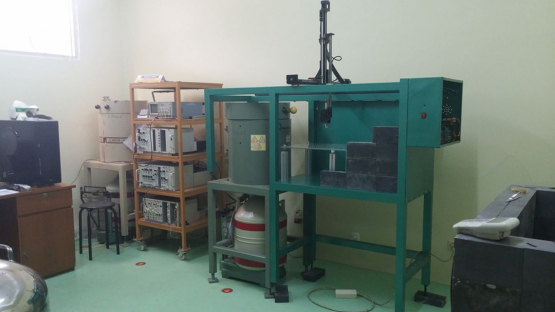Research reactors are valuable tools for education, training, research and development, production of radioisotopes for medicine and industry, and many other applications. To date, over 800 have been built, and around 240 reactors in 54 countries continue to operate
Many research reactors are not utilized to their full potential and there is a need to develop strategies for their effective utilization on a national, regional and international level. The aim of a recently completed IAEA coordinated research project, ‘Development of an Integrated Approach to Routine Automation of Neutron Activation Analysis’ was to contribute to enhanced and sustainable utilization of research reactors by increasing Neutron Activation Analysis (NAA) capacity through automation.
Increasing NAA activities, in particular for small and medium size research reactors that might already be involved in education and training activities, increases opportunities to engage in neutron beam research, or radioisotope production and commercial services.
Eighteen Member States joined the CRP, ranging from laboratories with proven facilities to newcomers. The main objective was to increase the analytical capacities of the participants’ NAA laboratories in terms of increasing the speed at which samples could be irradiated, for example. The participants focused on the development and implementation of automation of irradiation facilities, automated sample changers and their integration with the gamma-ray spectrometers, and integrated data management.
“NAA laboratories can enhance their productivity by tapping into fields of applications in which large amounts of samples for analysis exist, such as environmental studies, formation of databases for archaeology or forensic sciences,” said Danas Ridikas, Head of IAEA’s Nuclear Physics Section. “One crucial factor for enhancing productivity is the capacity to analyse an increased number of samples within the required turnaround time. This can be achieved only by automation in all components of the process from receiving the samples to issuing the analysis report.”
Upon completion of the CRP, participants reflected on the impact of their accomplishments on their own laboratories by comparing the relevant status before and after the CRP. Several key outcomes were noted.
Laboratories that worked on automated irradiation facilities reported increase in their irradiation capacity ranging from 1.5 to 4 times their capacity before the CRP;
Laboratories that worked on automatic sample changers reported increase in their sample counting capacity ranging from 1.5 to 3 times their capacity before the CRP;
Laboratories reported increased number of samples analysed through automation in data management and quality assurance ranging from 1.6 to 3 times to their capacity before the CRP;
Laboratories indicated that the shared information on automation in NAA, as well as the networking during this CRP, enabled them to continue with further automation after completion of the CRP;
The software developed during the CRP resulted in improving efficiency of the analysis and time saving varying from 1 day per week to 2–4 months per year;
Several laboratories reported an increase in the quality of analysis due to elimination of human error in some processes, and improved accuracy in other, such as time of irradiation and measurement and sample transfer times.
As a result, the IAEA published a TECDOC “Development of an Integrated Approach to Routine Automation of Neutron Activation Analysis - Results of a Coordinated Research Project, IAEA-TECDOC-1839 (2018)”, in which the information on automation of NAA generated during the CRP has been made publicly available.
The IAEA also developed an e-learning course on all aspects of NAA, which is now available online on the IAEA Cyber Learning Platform for Network Education and Training (CLP4NET) and already has users from nearly 60 countries.






